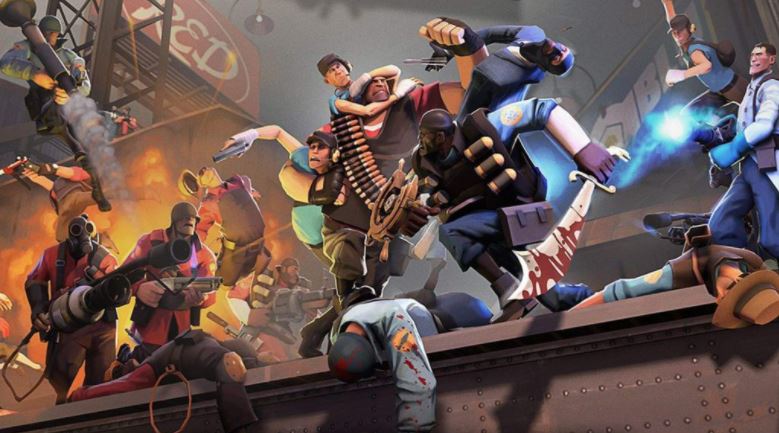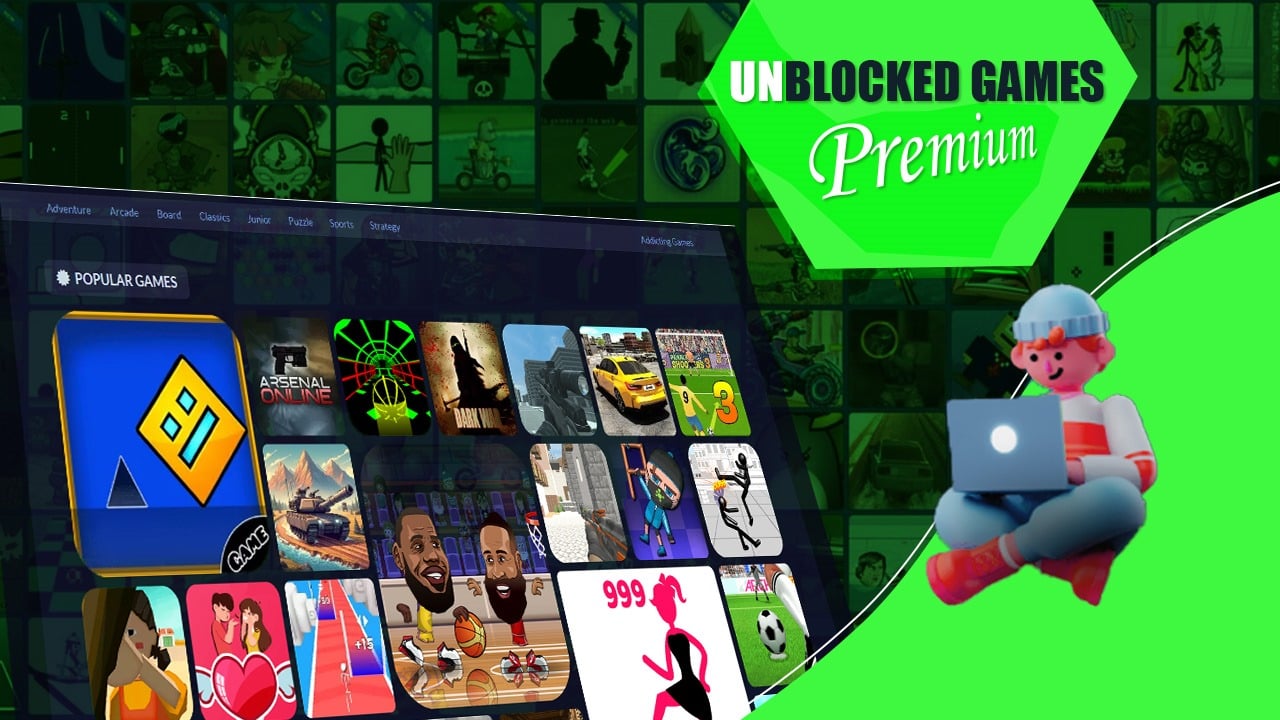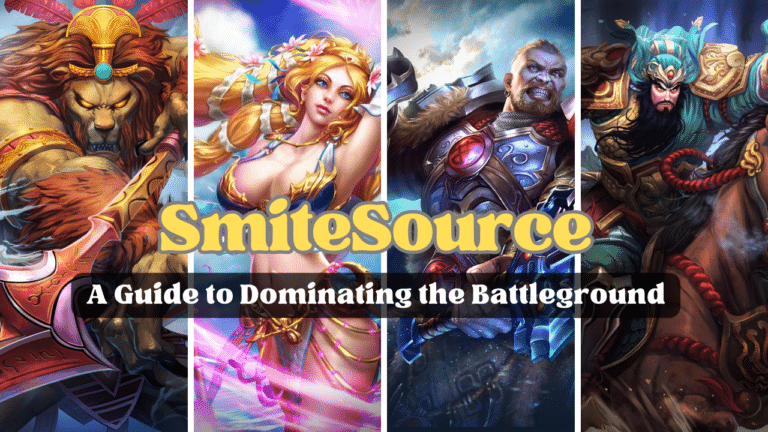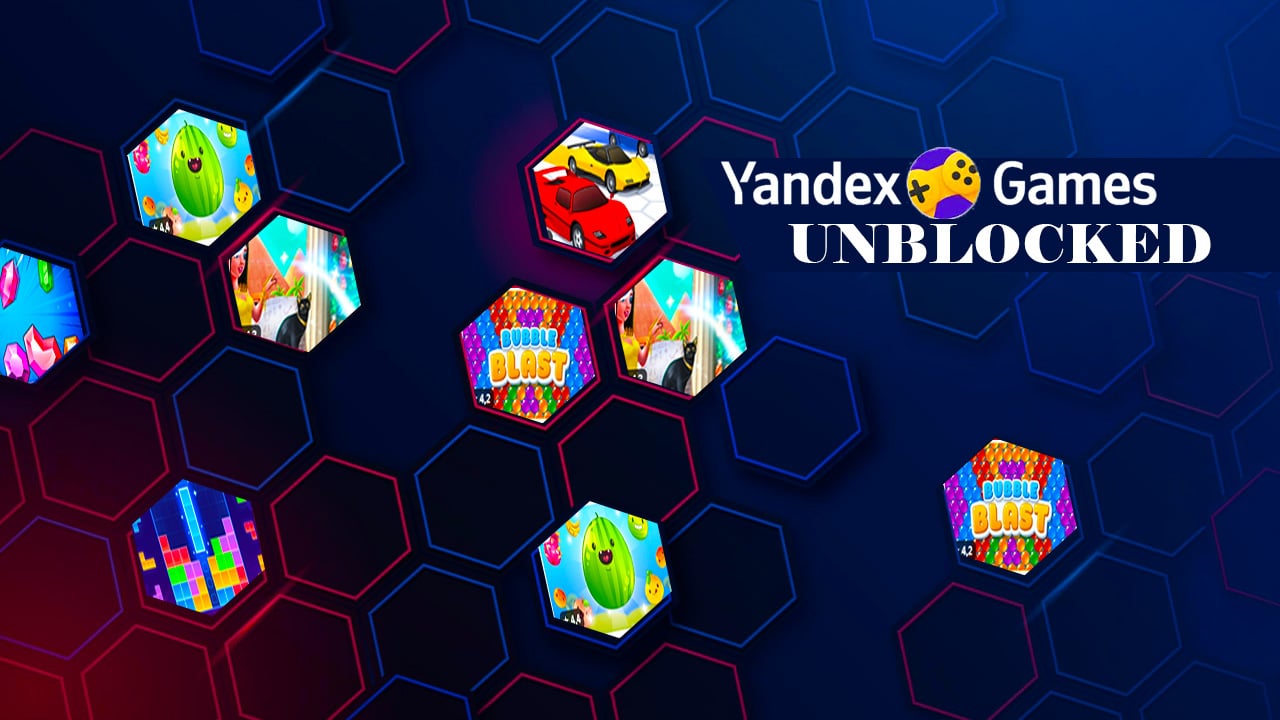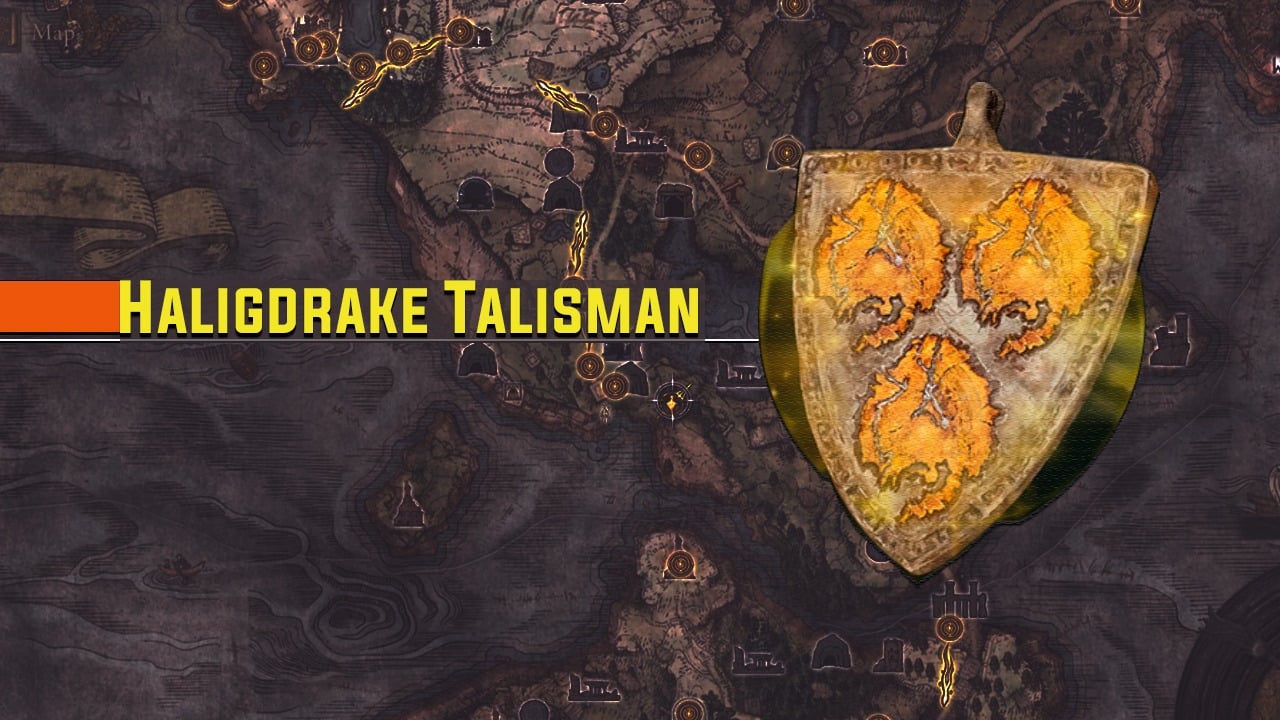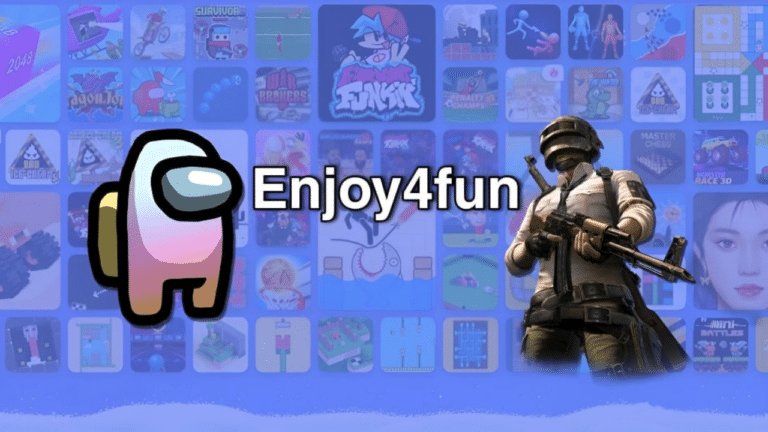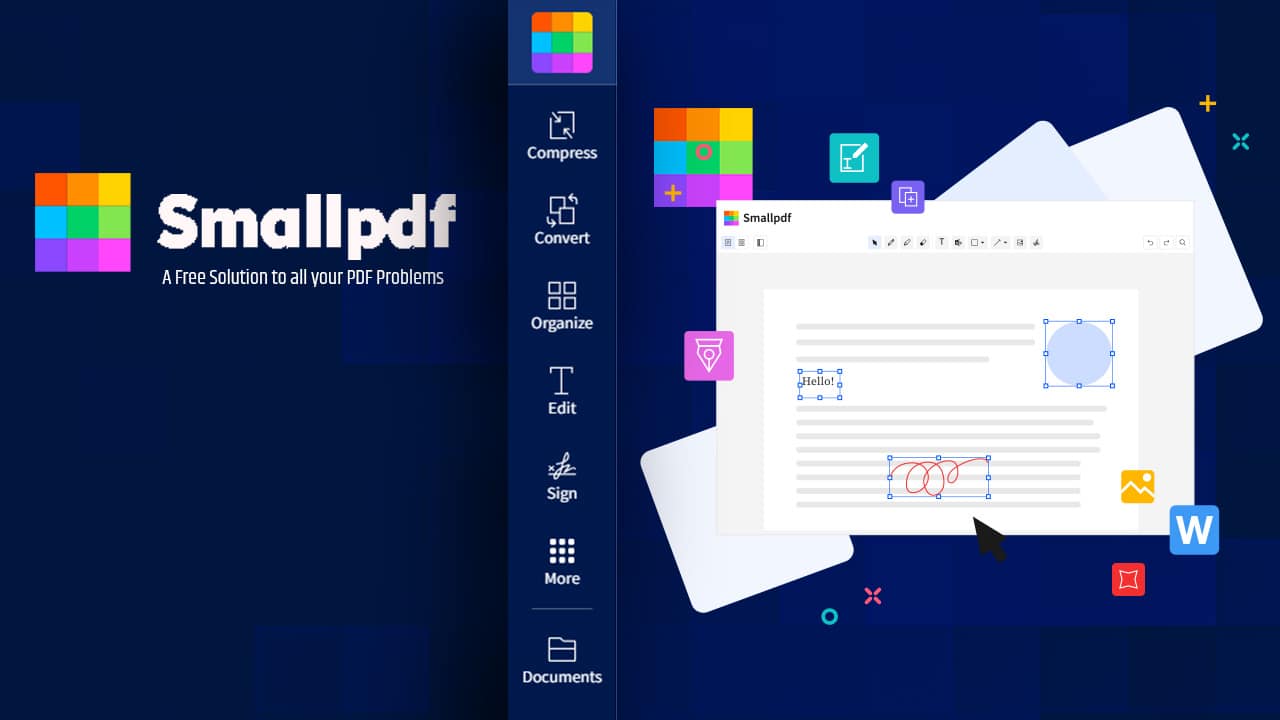Game development heavily relies on the crucial element of level design, as it profoundly shapes the gaming experience for players. Crafting immersive and captivating game levels necessitates a combination of creativity, technical expertise, and a profound grasp of player psychology. In this discussion, we will delve into the progression of level design, explore the phases of crafting game levels, and by visiting Room8Studio, you will gain access to valuable advice and best practices to enhance your expertise in level design.
What Does Level Design Entail?
Level design involves the art of creating game levels, maps, or virtual environments in video games. This encompasses the design of the layout, challenges, and interactions within a specific level, with the primary aim of providing players with an enjoyable and meaningful gaming experience. Effective level design enhances player engagement, encourages exploration, and advances the storyline.
In the realm of game development, the roles of a level designer and a game designer may seem similar, but they encompass distinct responsibilities that contribute to the overall gaming experience.
A game designer takes a broader perspective of the entire game and its mechanics. Their role involves conceptualizing and defining the overall gameplay, systems, and rules that govern the game. Game designers serve as creative visionaries and strategists, envisioning how players will interact with the game.
The Evolution of Game Level Design
The field of video game level design has evolved significantly since the early days of video gaming. In the past, limitations imposed by technology and hardware heavily influenced level design, resulting in often linear and straightforward game experiences. Nevertheless, level designers gained more creative freedom with technological advancements and the development of game design tools.
During the 1980s and 1990s, level design was centered on refining 2D platformers and arcade-style games. Developers had to work within tight memory constraints, leading to compact and straightforward levels. As technology advanced, 3D-level design became prevalent in the late 1990s and early 2000s, introducing more complexity and depth to game environments.
The journey of level design in video games has been an intriguing one, with each generation pushing the boundaries of creativity and technology. Here are some notable examples that illustrate this evolution:
- Super Mario Bros. (1985): This iconic 2D platformer laid the groundwork for level design in video games. Its challenging levels introduced players to the concept of progression, with each stage building upon the previous one. Super Mario Bros. showcased the art of level design through its cleverly placed obstacles, hidden power-ups, and memorable boss encounters.
- The Legend of Zelda (1986): While primarily known for its open-world exploration, the game introduced a unique approach to level design. Each dungeon in the game was a puzzle-filled labyrinth, requiring players to navigate intricate layouts and defeat enemies to uncover valuable items and advance.
- DOOM (1993): DOOM revolutionized level design in the first-person shooter genre. Its maze-like levels were meticulously designed to maximize tension and suspense, resulting in an intense and immersive player experience. The game’s architecture and use of lighting set new standards for creating atmospheric environments in a 3D space.
- Super Mario 64 (1996): As one of the pioneers of 3D platforming, Super Mario 64 demonstrated the challenges and possibilities of designing levels in a three-dimensional space. The game introduced players to a dynamic and interconnected hub world, with each level accessed through paintings.
- Half-Life (1998): Half-Life redefined storytelling in first-person shooters by seamlessly blending narrative and level design. The game’s world felt cohesive, with levels intricately woven into the unfolding plot. Its scripted events and dynamic level design created a sense of immersion rarely seen before in gaming.
- BioShock (2007): BioShock demonstrated how level design could be used to enhance the narrative and evoke emotional responses from players. The underwater city of Rapture was a masterpiece of environmental storytelling, with each area revealing aspects of the city’s history and the consequences of unchecked ambition.
- Dark Souls (2011): Dark Souls underscored the significance of level design in creating a challenging yet rewarding experience for players. Its interconnected world design allowed players to navigate the game world seamlessly, discovering shortcuts and hidden paths that rewarded exploration.
- The Legend of Zelda: Breath of the Wild (2017): This game redefined open-world exploration and level design. Hyrule’s vast, seamless world provided players with unprecedented freedom to tackle challenges in any order. The game’s emergent gameplay and dynamic interactions with the environment showcased the possibilities of modern level design.
How to Approach Level Design: The Phases of Game Level Design?
Creating engaging and well-structured game levels necessitates a systematic approach that combines creativity and technical expertise.
Stage 1 – Understanding Your Constraints
Before immersing yourself in level design, it’s crucial to be aware of the limitations of your game engine, platform, available memory, graphical capabilities, and available resources. This understanding will help you establish realistic goals and save time by avoiding ideas that might not be feasible.
These constraints will impact the complexity of your level design and the assets you can utilize. Embrace these constraints as creative challenges that can enhance the uniqueness of your level.
Stage 2 – Idea Generation and Structure Creation
With a clear grasp of the constraints, it’s time to unleash your creativity and generate ideas for your level design. Sketch out initial concepts and envision the layout, key landmarks, and potential challenges. Consider how these elements align with the overall theme and narrative of the game.
While developing your ideas, create a rough structure for your level. Think about the flow and pace of the game. How will players progress through the level? What challenges or obstacles will they face? Ensure that your level’s structure aligns with the overall gaming experience and supports the intended emotions and interactions.
Stage 3 – Bubble Diagrams
Bubble diagrams are a valuable tool for visualizing the connections between various areas and elements in your level. Use bubbles to represent significant locations or challenges and lines to depict players’ pathways.
The bubble diagram assists in analyzing the game’s flow and identifying potential bottlenecks or dead ends. This enables you to map out the overall structure of your level dynamically and ensure a seamless and engaging gaming experience.
Stage 4 – Initial Maps
Once you’ve established the structure and connections, it’s time to create initial-level maps. These maps can be simple sketches or digital layouts crafted using level design software. At this stage, focus on the big picture, emphasizing the overall layout, key landmarks, and crucial gameplay elements.
Stage 5 – Finalizing Your Level Design
As you progress, add more detail and refinement to your level design. Adjust enemy placements, fine-tune environmental elements, and include visual cues to intuitively guide players through the level. Always consider the player’s perspective and experience. Ensure that the level presents both challenges and opportunities for success. Thoroughly test and enhance your design, seeking feedback from others to pinpoint areas for improvement. Additionally, remember to optimize the level’s performance to guarantee a smooth and enjoyable gaming experience, particularly in open or complex levels.
Tips and Best Practices for Level Design in the Gaming World
Adhering to these tips and best practices can help you hone your level design skills and create engaging and captivating game levels. Keep in mind that level design is an art that combines creativity, technical expertise, and player-centric thinking.
-
Create a Comprehensive Game Design Document (GDD)
Before delving into level design, it’s essential to have a well-defined roadmap. Develop a detailed game design document that outlines the game’s overarching vision, mechanics, storyline, and characters. This document serves as your reference throughout the level design process. Specify the goals, theme, and desired emotions for each level. Define the challenges players will face and how these challenges tie into the game’s narrative. A structured game design document maintains consistency and ensures that your levels contribute cohesively to the overall gaming experience.
-
Design with Purpose
Every element within your level should serve a purpose and contribute to the gaming experience. Avoid adding elements solely for decoration or aesthetic reasons. Instead, ensure that each design decision supports the game’s mechanics, narrative, or emotional journey you want players to undertake.
-
Prioritize Authenticity and Immersion
An immersive level design immerses players deeper into the game world, making them feel integral to the narrative. Pay attention to environmental storytelling, where the world’s design conveys information about the game’s lore and history. Incorporate realistic and consistent imagery, audio, and atmosphere to create an authentic experience. Bring the game world to life by adding dynamic elements with their routines, such as weather effects or non-playable characters. A well-designed and immersive environment strengthens the player’s emotional connection and enjoyment.
-
Balance Challenge and Reward
Striking the right balance between challenge and reward is critical in level design. Challenges should be stimulating, prompting players to develop strategies and enhance their skills. However, avoid overwhelming them with difficulty or frustration, as this can lead to player disengagement. Strategically place rewards and power-ups throughout the level to encourage players to explore and overcome obstacles. Achieving a balance between challenge and reward ensures that players experience a sense of accomplishment and progress, making the game enjoyable and satisfying.
-
Playtesting and Iteration
Playtesting constitutes a crucial step in the level design process. Test your levels with various player types to gather valuable feedback. Observe how players interact with the environment, their challenges, and whether the intended emotions are evoked. Utilize this feedback to revise your level design and make necessary improvements and adjustments.
-
Consider Player Flow
Understand how players navigate your levels and ensure a smooth and intuitive flow. Avoid confusing or confounding level layouts that can lead to player frustration. Use visual cues, level geometry, and subtle instructions to guide players naturally through the level. A well-designed game flow encourages player engagement and immersion, allowing them to focus on the challenges and story of the game without distractions.
Useful Tools for Level Game Design
Numerous game development tools offer user-friendly interfaces, robust features, and versatility for various game genres and platforms. The choice of tools depends on the specific requirements of the game project and the designer’s preferences.
- Unreal Engine: Unreal Engine, developed by Epic Games, is a leading game engine used for level design in a wide range of genres, including first-person shooters, role-playing games, and open-world adventures. It provides a user-friendly editor with numerous tools for creating detailed and interactive environments. The Blueprint system allows designers to create gameplay mechanics without extensive programming knowledge. Unreal Engine’s real-time rendering capabilities facilitate rapid visualization of level designs.
- Unity: Unity is another popular game engine renowned for its versatility and ease of use. It is suitable for both 2D and 3D level design, making it applicable to a variety of games. Unity offers a visual editor, asset management tools, and an extensive library of plugins that expand the possibilities of level design. Its component-based system enables designers to assemble gameplay elements and enhance level flexibility.
- Houdini: Houdini, developed by SideFX, is a powerful procedural content creation tool extensively employed in the gaming industry. It stands out for its node-based workflow in creating complex and dynamic environments. Houdini is particularly useful for crafting large open worlds, terrains, and procedural assets, enabling level designers to efficiently create distinctive and lifelike landscapes.
- World Machine: World Machine is specialized terrain generation software that aids in designing realistic landscapes and terrains for game levels. It offers a range of tools for modeling, texturing, and generating heightmaps, making it an invaluable tool for crafting natural environments in games.
- Substance Designer/Painter: Substance Designer and Substance Painter, developed by Allegorithmic, are robust tools for creating textures and materials. They allow level designers to generate highly detailed and realistic textures and seamlessly integrate them into their level designs. Substance Painter is particularly useful for crafting high-quality texture maps for 3D models.
- Maya and 3ds Max: Autodesk’s Maya and 3ds Max serve as industry-standard 3D modeling and animation software. They are essential for creating 3D assets, character models, and level props.
- Tiled: Tiled is a user-friendly and open-source 2D level editor primarily used for designing levels in 2D games. It offers tile-based editing and supports various tile sets, making it suitable for platformers, top-down games, and other 2D genres.
- Photoshop and GIMP: Adobe Photoshop and GIMP are indispensable for creating and editing 2D textures, UI elements, and concept art for game levels.
- ZBrush: ZBrush is a powerful sculpting software that enables level designers to create intricate 3D models and sculptures for games.
Room8 Games Expertise in Video Game Level Design
Room8 Games offers a comprehensive range of game development services, ensuring that clients receive high-quality games from concept to final execution. Our expertise covers all aspects of mobile game development, including:
- Fully executed development
- Concept art and 3D modeling
- Level design
- Quality assurance and testing
- Game monetization
- Localization of the game
- Post-release support
In particular, our team at Room8 Games excels in the field of game-level design. We bring together mechanics, visuals, and a compelling storyline to provide exceptional and engaging gaming experiences. Here’s a glimpse of our level design process:
- Level Design Documentation: We create detailed documentation that outlines the mechanics, constraints, rules, and all the intricacies of your game. This document serves as the foundation, defining the essence of your game’s concepts, story, and structure. We ensure that everything is crystal clear.
- Level Constraint Analysis: Our team dives deep into the analysis of level constraints, identifying the key constants and limitations that align with your unique style and narrative. This results in a logical game experience that keeps players engaged.
- Blueprint Development: Before production, we outline the game’s structure and create a plan that governs every aspect, from the pacing and objectives in each level to the seamless blending of elements that reflect a particular play style.
- Level Concept Art: We craft level concept art, considering every element of gameplay, graphics, user interface, story, and more. This ensures a harmonious representation of the game level, immersing players in the game’s world.
- Level Progression Services: We meticulously design the dynamics of the levels, providing players with a smooth and satisfying journey. Our goal is to enable players to grow and thrive in each level, enhancing their gaming experience.
In summary, level design is a pivotal factor in shaping players’ gaming experiences, and Room8 Games is dedicated to delivering top-tier level design services that captivate players and elevate the overall gaming experience. Our team of experienced and passionate level designers is committed to creating exceptional and engaging game levels.





